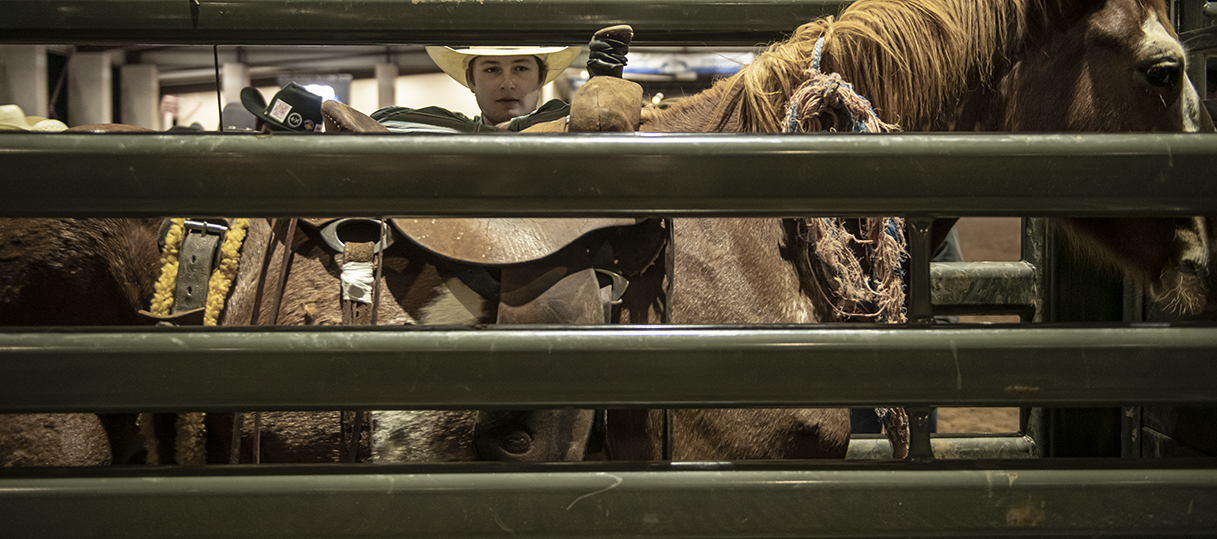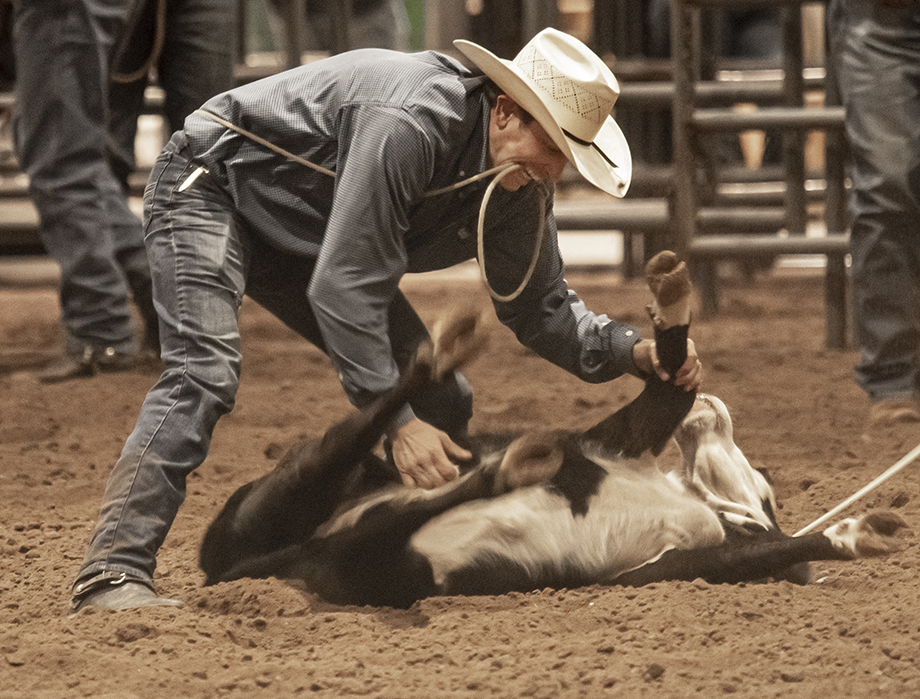More from Georgetown’s Field of Honor, a collection of 1600 American flags gracing a field at San Gabriel Park through Veterans Day. In its sixth year, its sponsored by the Rotary Club of Georgetown. The opening photo shows a lady pausing at a flag honoring her father, a World War II veteran who was also a Prisoner of War during that time. He died in 1995. When approaching her to ask her name, she asked “Did you notice my tears?” Yes. A traveling exhibit, “Tunnel to Towers 9/11, Never Forget,” is here this year. Although the exhibit offers a lot, the most moving thing I saw was a New York City firefighter’s gear. He died on 9/11/2001. The other photos are a little of this and that. 







Evening at Georgetown’s Field of Honor
From Saturday evening, taking in the night views at the Field of Honor. A Waxing Gibbous moon, nearly 95% visibility, was present. 

 Sponsored by the Rotary Club of Georgetown, the Field of Honor is a collection of 1600 American flags spread out over a field at San Gabriel Park. While there are events related to this display throughout the week, the flags are the impetus for photos. The flags are here through Veterans Day.
Sponsored by the Rotary Club of Georgetown, the Field of Honor is a collection of 1600 American flags spread out over a field at San Gabriel Park. While there are events related to this display throughout the week, the flags are the impetus for photos. The flags are here through Veterans Day.
Milo
I’ve noticed Milo a few times over the years while driving between Taylor and Coupland. A while back I met Milo’s owner, who graciously allowed me to come by for some photos. Milo is a 4-year-old camel, a part of 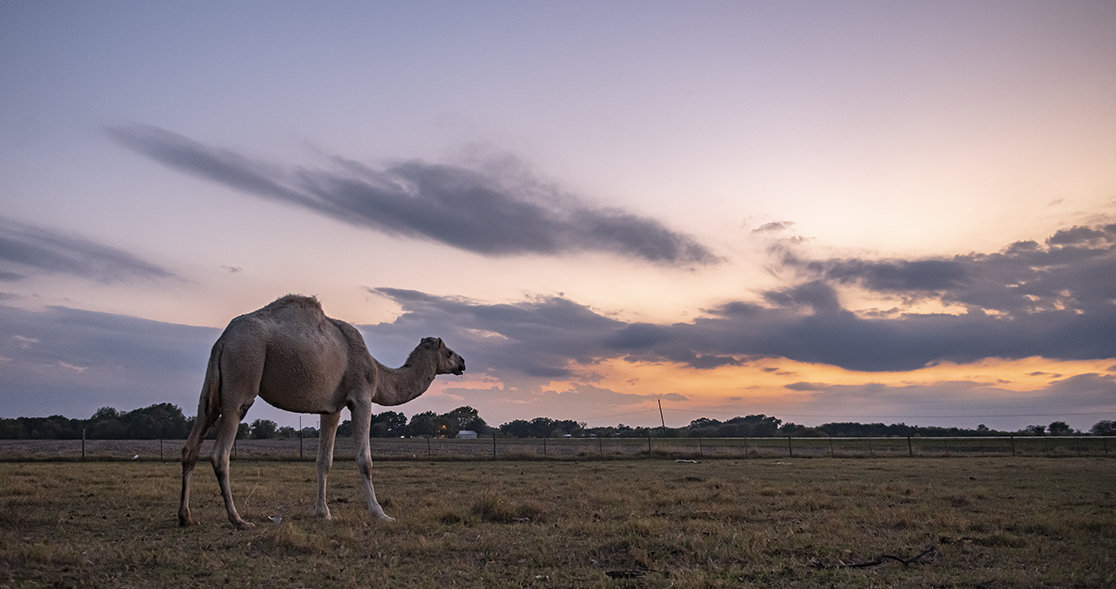
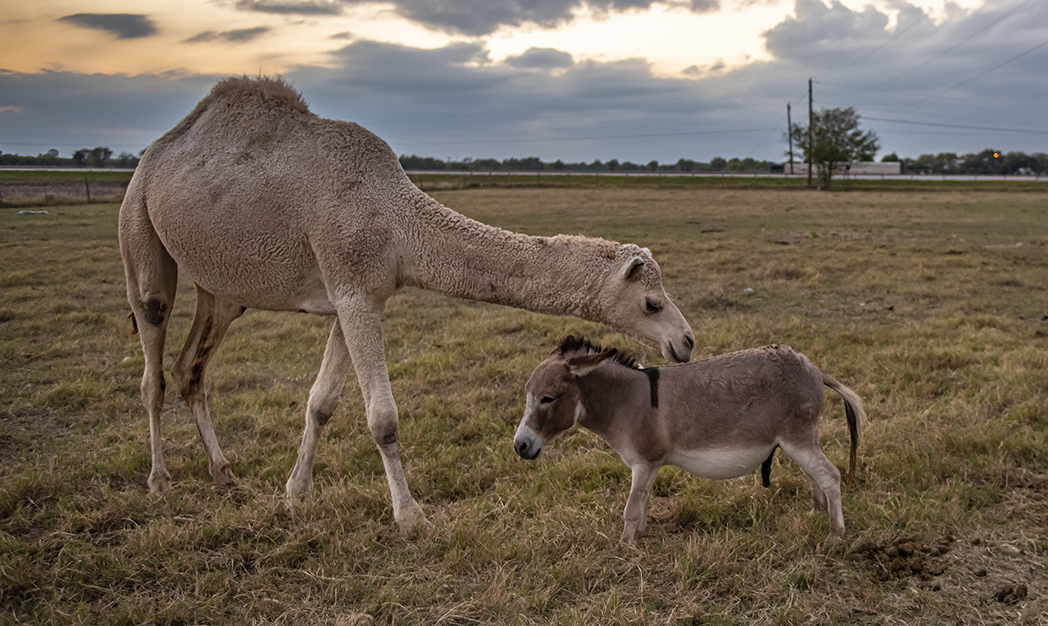
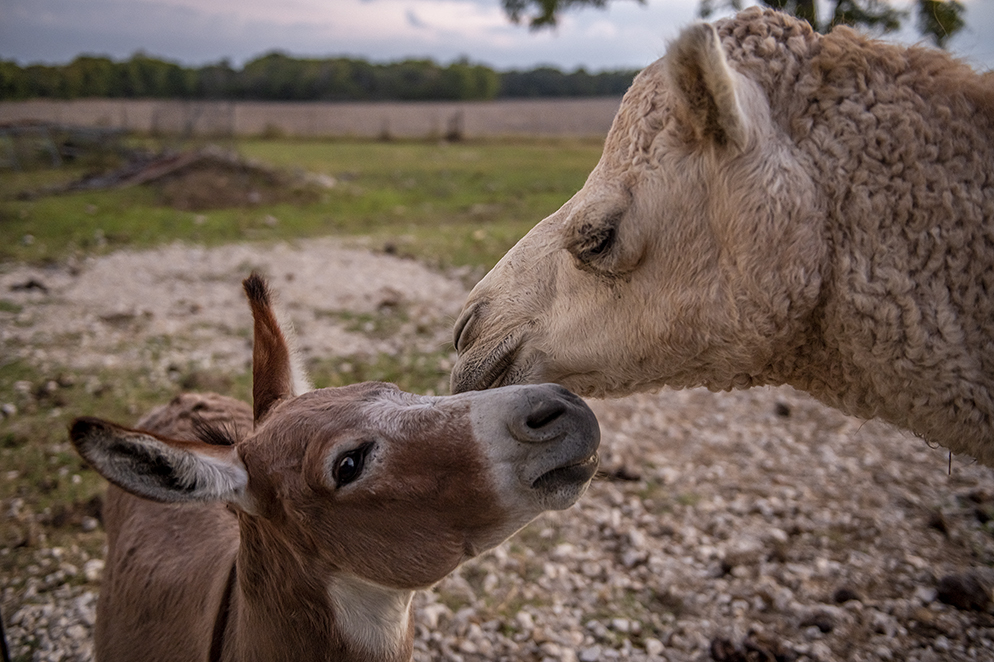
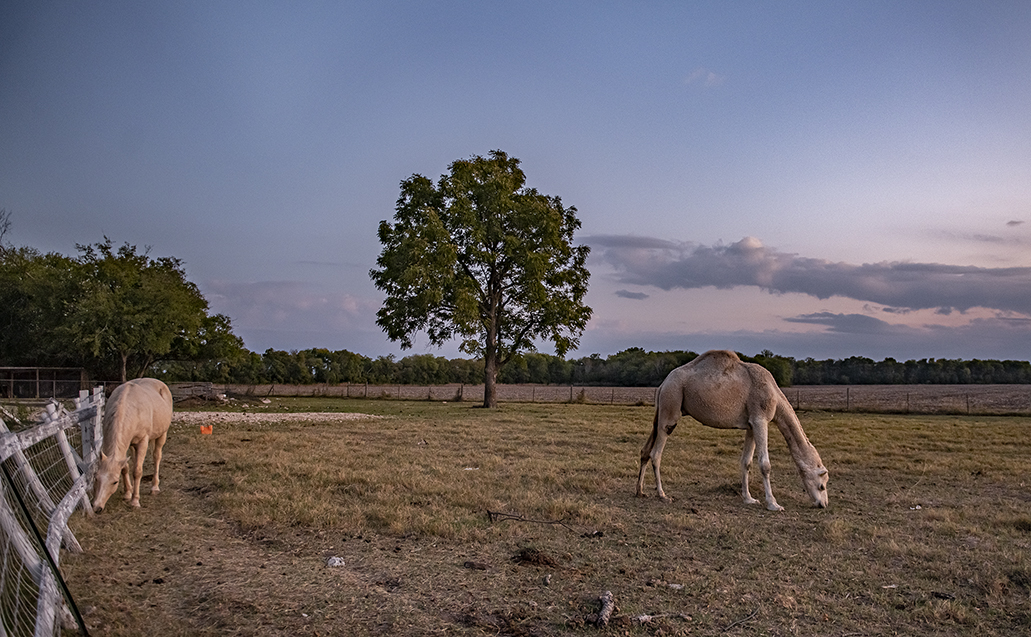
 Wild Things Zoofari. He’s shown with his pasture friends, a miniature donkey called Bow, and a lovely horse named Jasper.
Wild Things Zoofari. He’s shown with his pasture friends, a miniature donkey called Bow, and a lovely horse named Jasper.
Adoption Day in Williamson County
Williamson County, Texas kicked off National Adoption Month in Central Texas today in Georgetown. With Texas Department of Family and Protective Services leading the way, ten families adopted 18 kids during three straight hours of happiness in a courtroom. During my years working at the Atlanta Journal & Constitution I hated courtroom photography. Seldom did anything uplifting happen there. That certainly wasn’t true as I observed forever families build strong bonds for the future. This collection by no means covers it all, but it was nice to be there to watch the smiles and joyful tears. 



















Rambling in Noack
From a couple nights ago while wandering around Noack, Texas. There was evidence of rain, but not really enough. Certainly not enough to miss an evening horseback ride. A truck negotiates a hill while passing prairie grass on the left, followed by the Christ Lutheran Church. And grain elevators. A few years ago, this farmer’s elevators were demolished by a tornado. Come to think of it, that church was damaged by the same tornado. All is fine now. Prairie folks persevere. 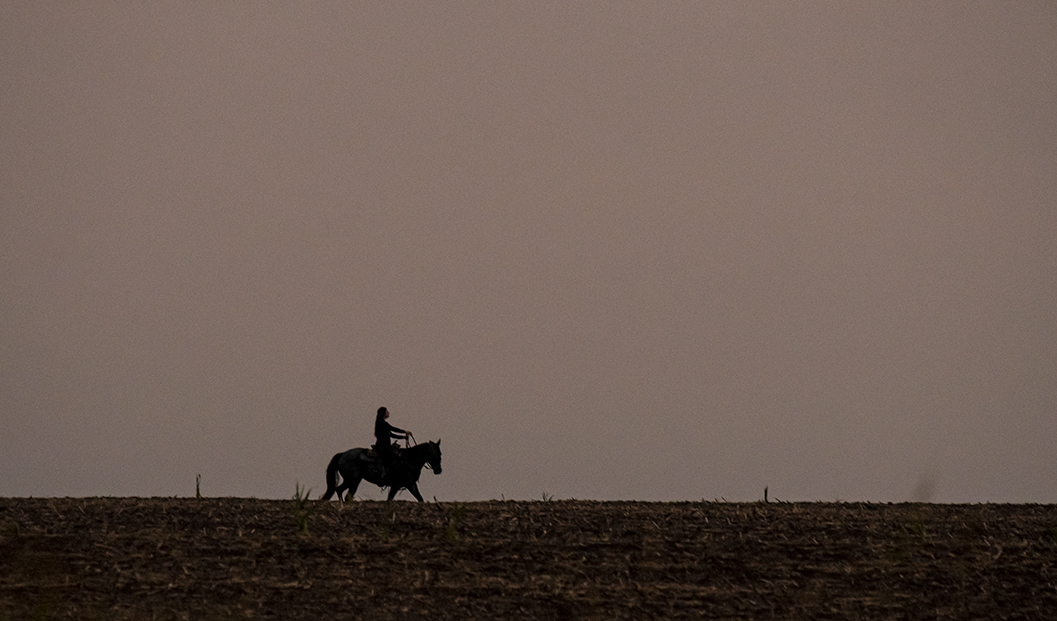
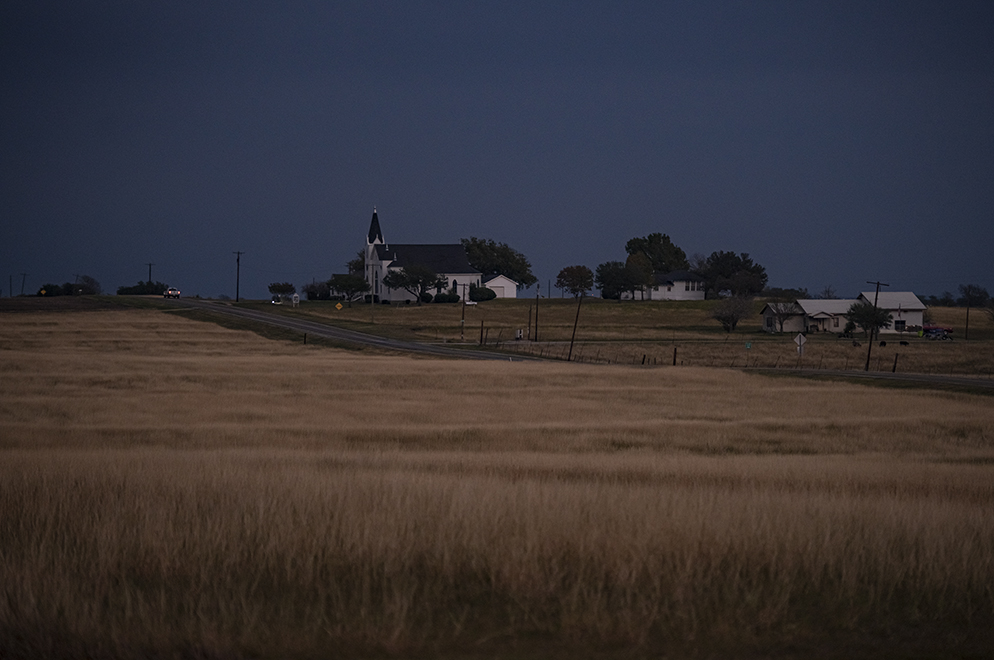
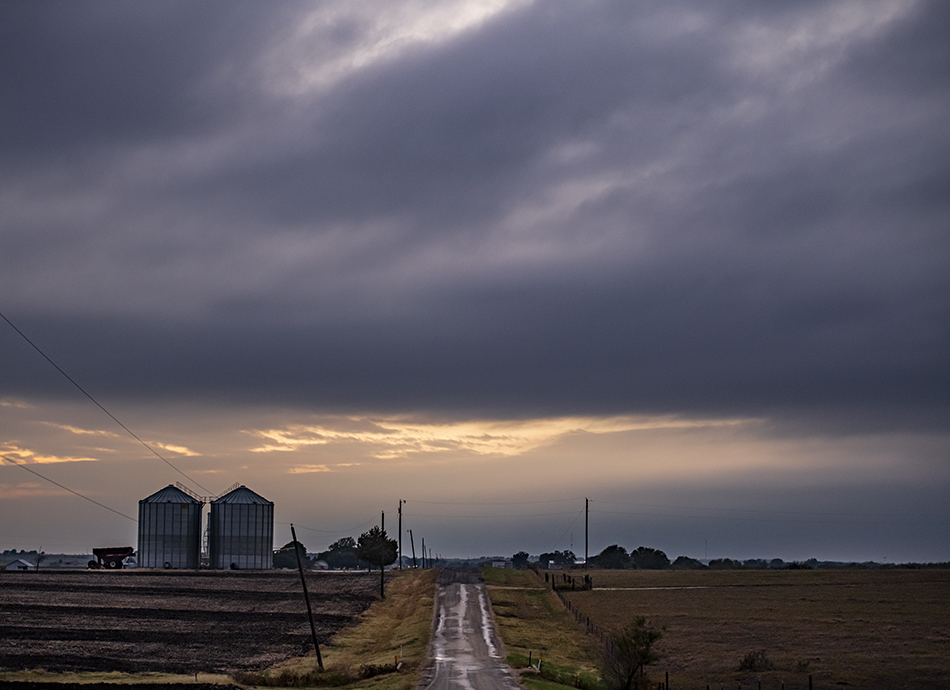
A Moody Morning in Taylor
While it’s often difficult for me to get outdoors for early-morning photos, I did manage to make the effort today, when fog and mist hovered over Taylor for a while. Fog has a way of simplifying scenes. These images were taken around two local parks, Bull Branch Park and Murphy Park. By the time I saw the Great Blue Heron fishing for breakfast, the subtle blue light had begun to fade. The condensation clinging to a cypress tree’s web, sparkling jewels of moisture, was a good way to finish the post. Within minutes, the light became mundane. I’m glad I got outside for a while. 


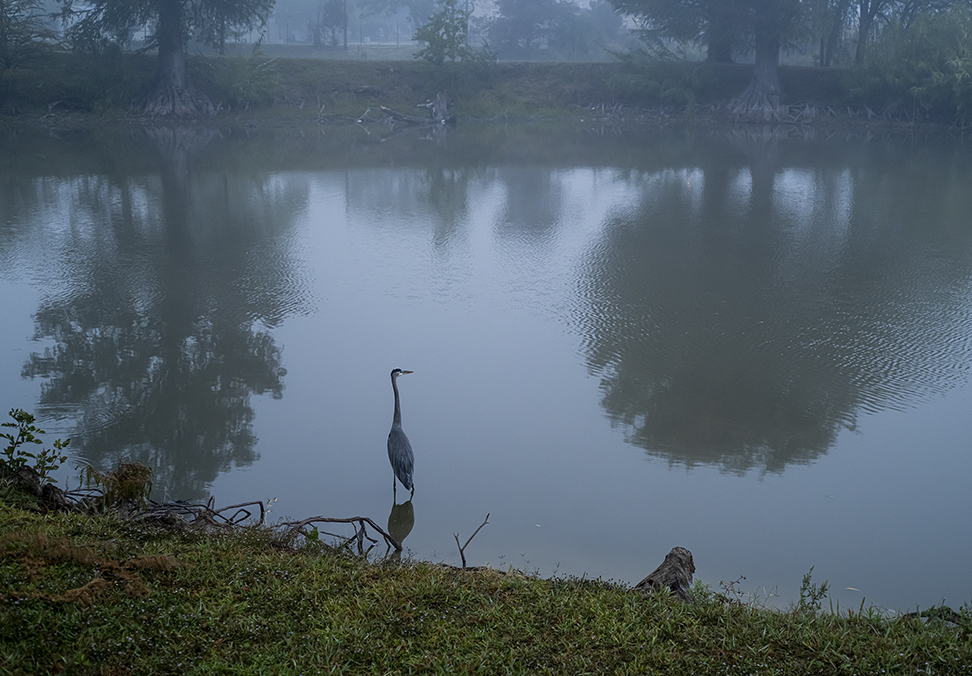

Beyersville Longhorns
Just some Texas Longhorns grazing on a hill in Beyersville for tonight, my friends. I think this is sufficient. 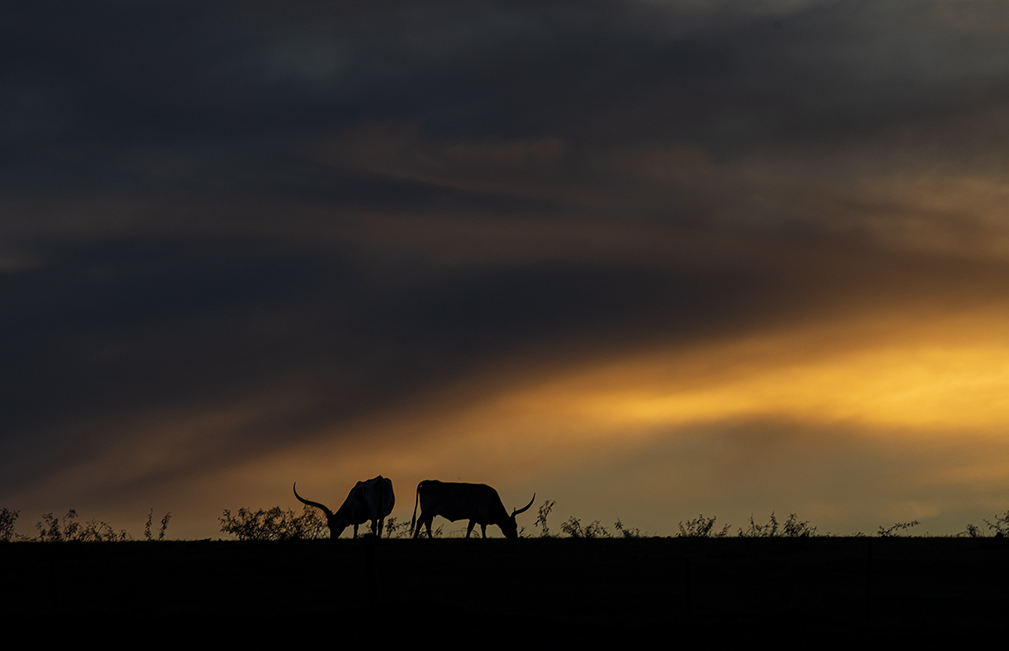
Old Town Halloween
A few photos taken on Halloween tonight in Old Town Georgetown, a section of the city’s historic district. It’s always well-attended. And a lot of fun to see. 







At the Chisholm Trail Showdown
The Williamson County Expo Center was filled with sheep and goats from all over Texas for the Chisholm Trail Showdown on the final day of the Williamson County Fair & Rodeo in Taylor. The county livestock show will be held here in a few weeks. This event was a nice warmup. I really like the little fellow in the opening three photos, showing his sheep named Pretty Girl. When these photos were taken, he was nearing his fourth birthday on Tuesday. He was having a blast! The rest of the photos show the range of emotions and activities at any livestock show, including a grandfather cheering on his granddaughter. 


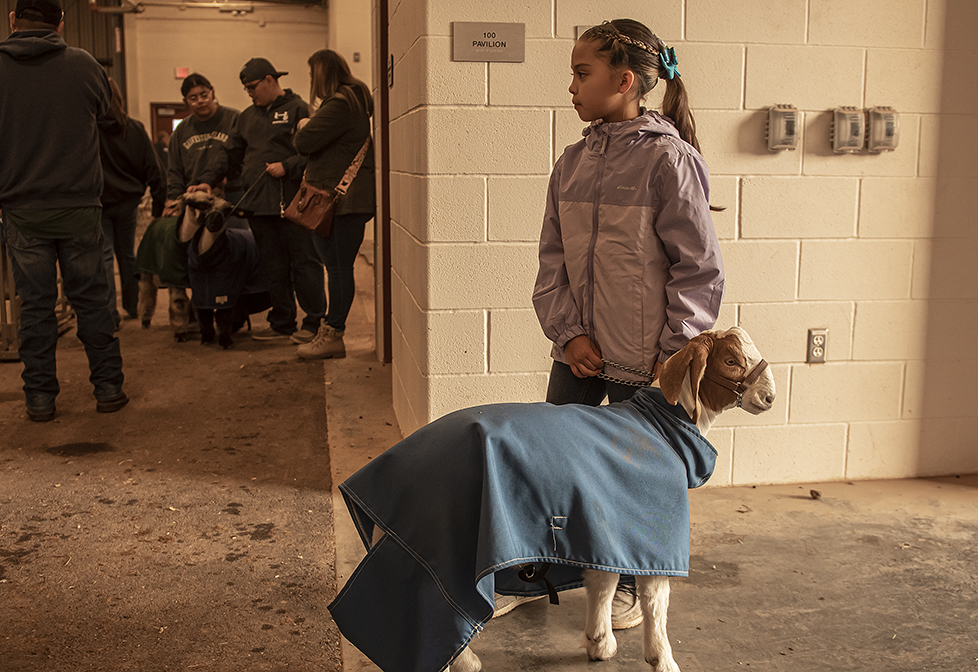

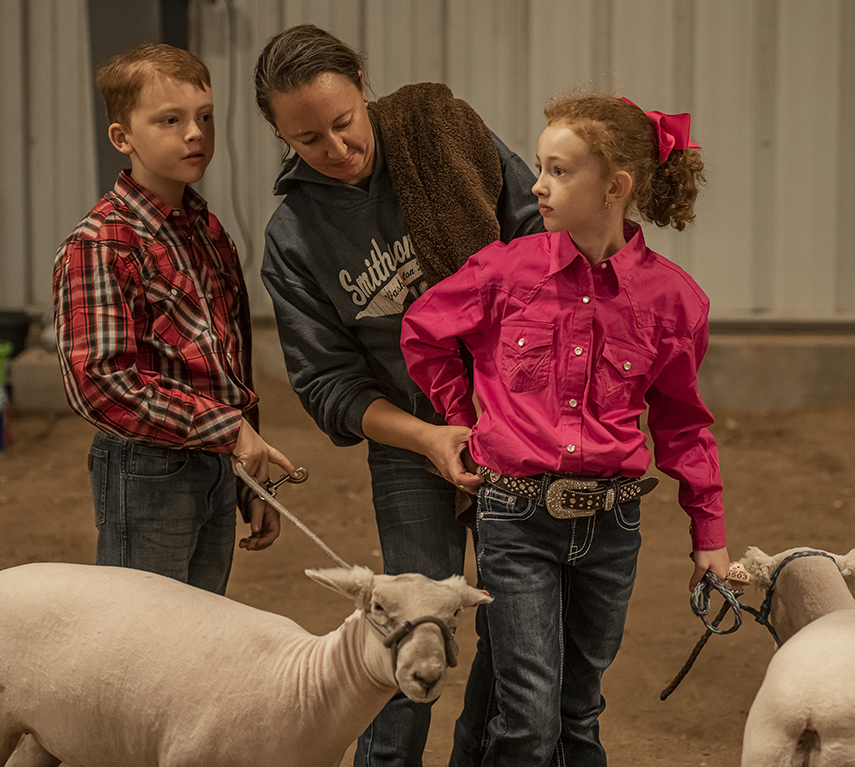


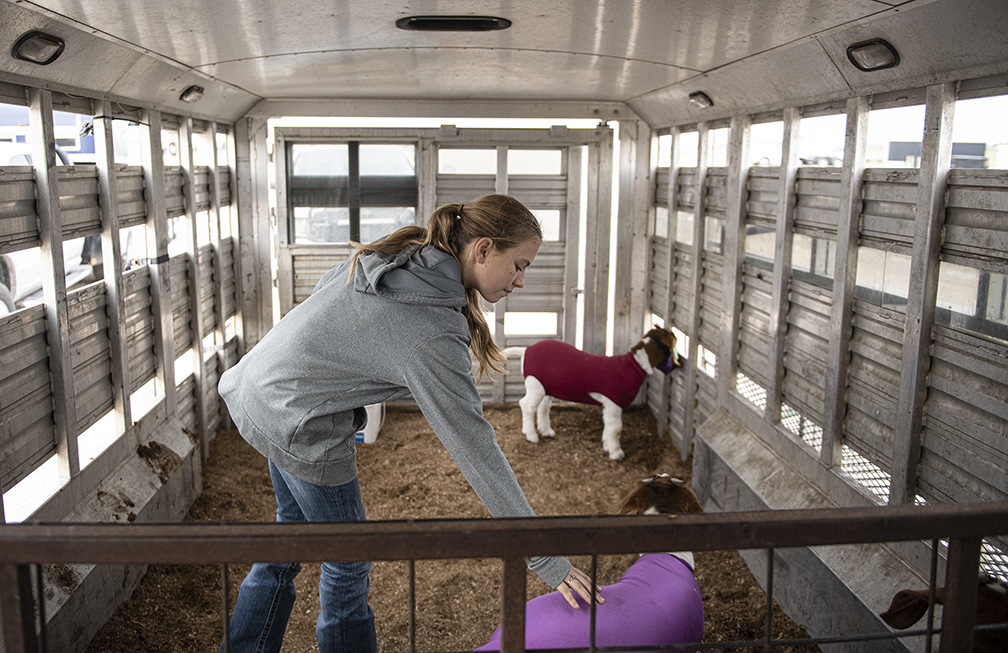
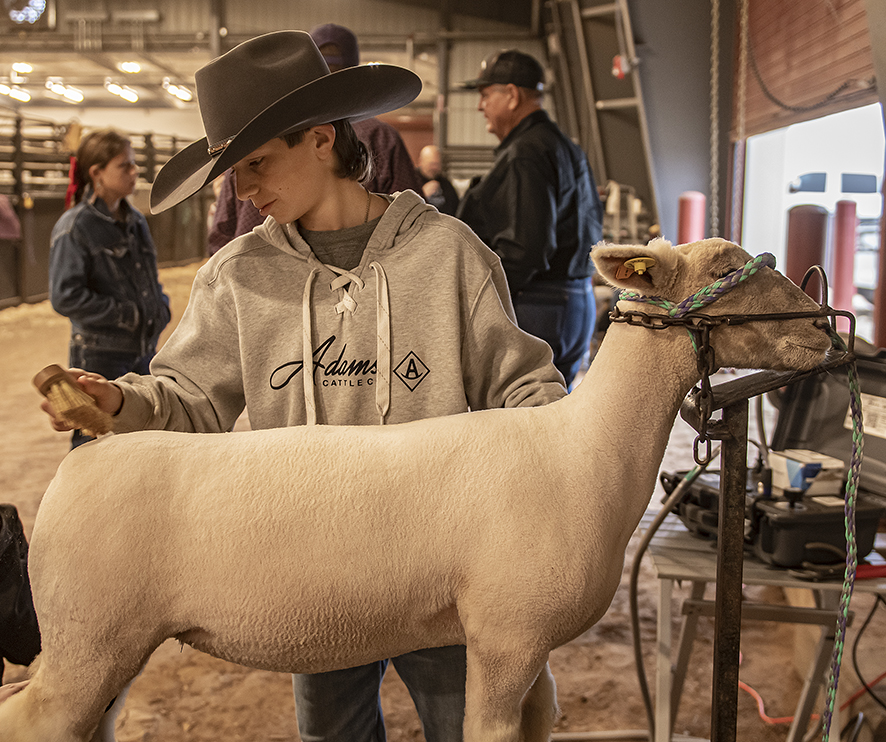
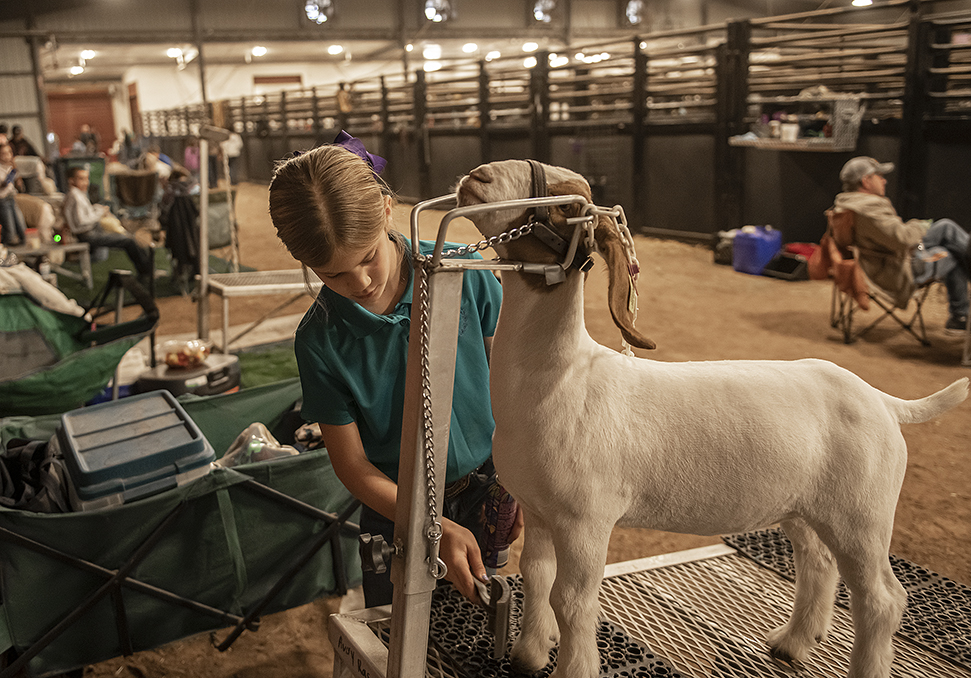
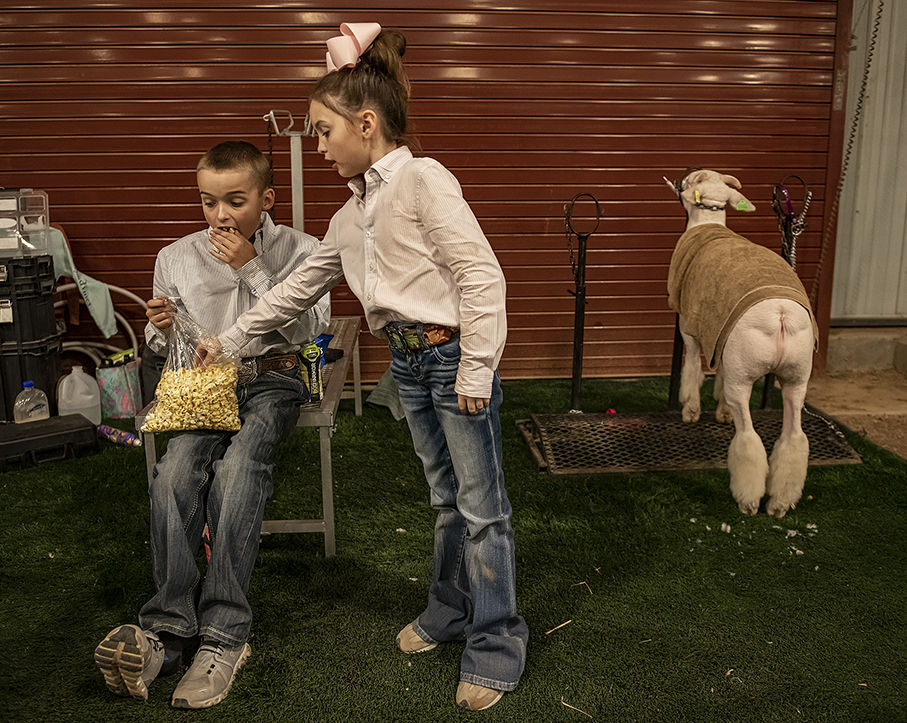
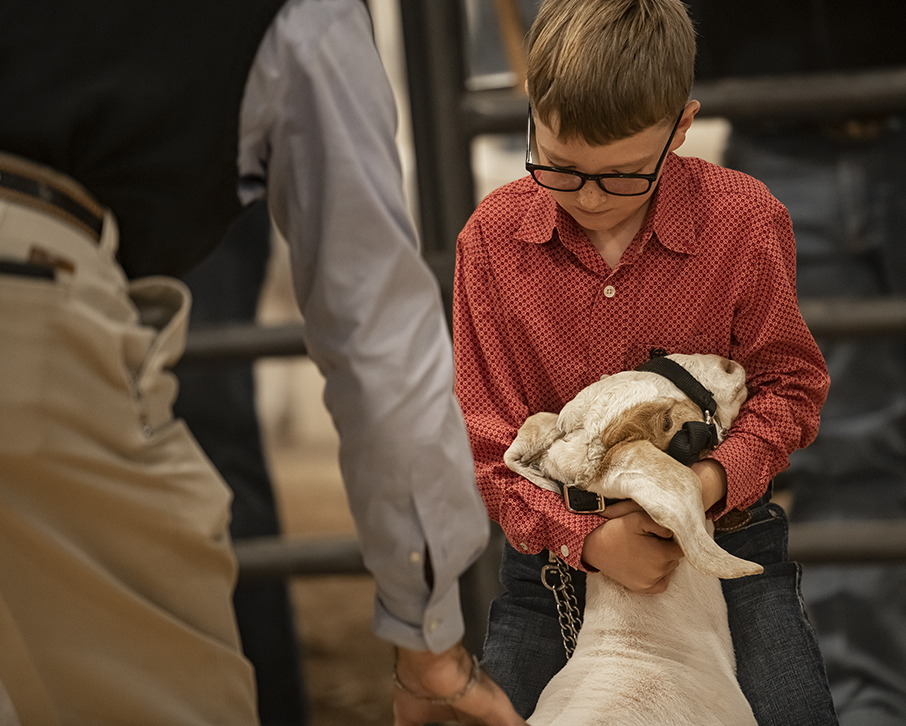
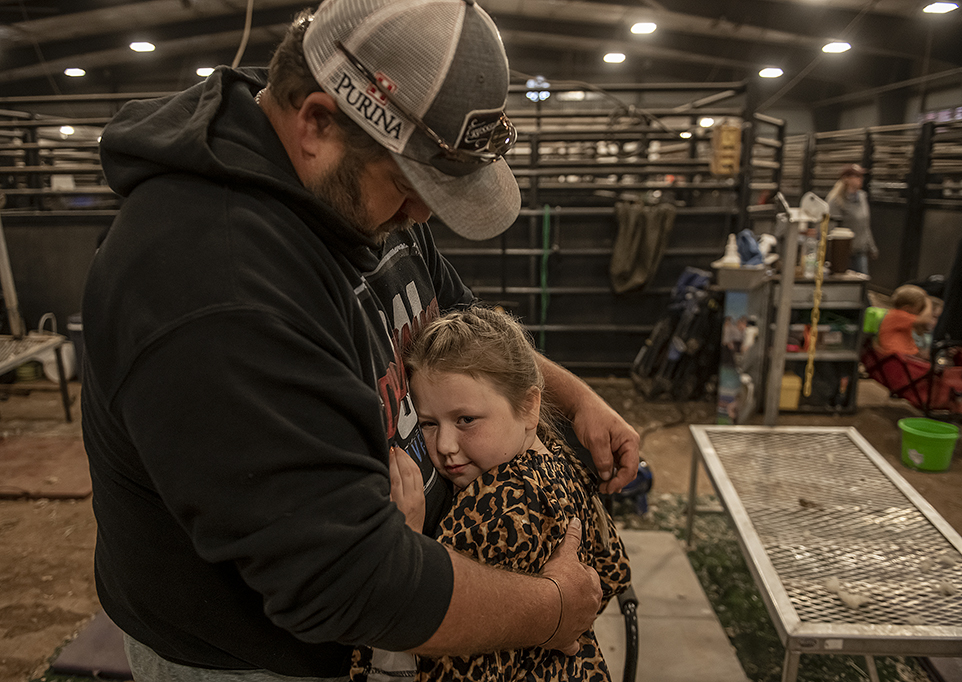



The Williamson County Rodeo
As with any sport, one needs to observe the culture surrounding it. That applies to the sport of rodeo, which continues to be among my favorite things to cover. If done properly, it’s an extremely labor-intensive thing to photograph. The newspaper I shoot photos for would probably be fine if I just edited action photos, but I like to deeply explore my subject matter. While mentioned numerous times before, know that rodeo is indeed a sport. The men and women who compete could probably tell you war stories about their injuries. Thankfully, the dazed man with blood running down his face seemed to be okay after a fall during saddle bronc riding competition. These folks are athletes. I wish they were paid more for their efforts. These photos were taken last evening at the Williamson County Fair & Rodeo, held at the Williamson County Expo Center near our Taylor home. Not mentioned on the program was the night’s finale, a herd of beautiful mustang horses literally flowing through the arena. That was nice. Let’s not forget Mutton Bustin’ for the kids.
